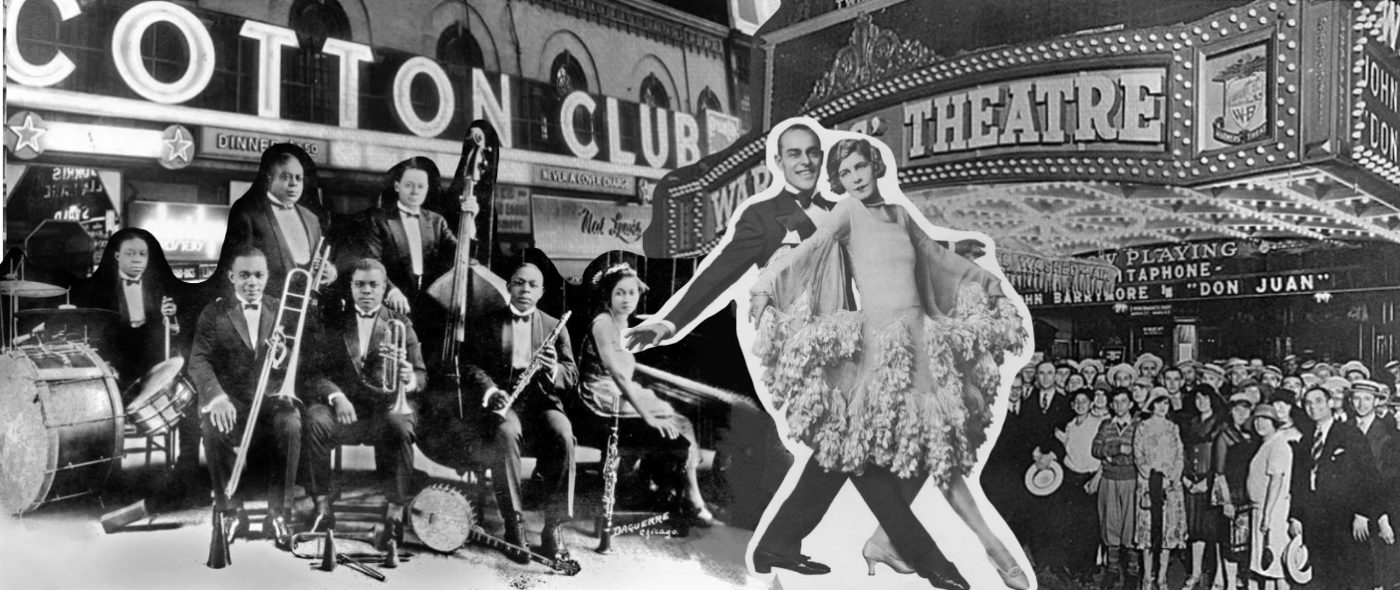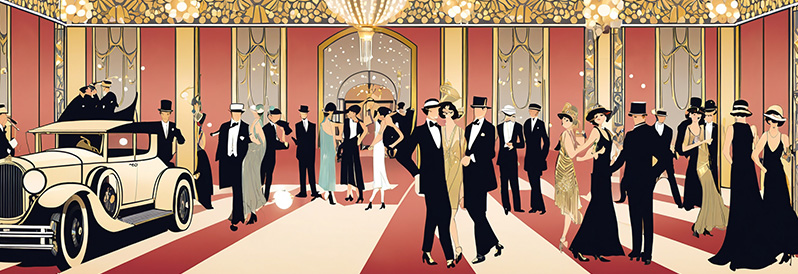The 1920s, often called the Roaring Twenties, was a decade of significant social liberation. This period, marked by the aftermath of World War I, witnessed profound changes in societal norms, culture, and daily life. The wave of social liberation influenced various aspects of people’s lives, including what they wore, how they interacted, and how they perceived themselves and the world around them.
The Catalyst of Social Liberation

The end of World War I in 1918 brought about a sense of relief and a desire for change. The massive loss of life and the harsh realities of the war led people to seek new ways of living and thinking. This quest for a fresh start was a key driver behind the social liberation of the 1920s. Several factors contributed to this transformative era:
- Economic Prosperity: The post-war economic boom led to increased consumerism and a higher standard of living for many. People had more disposable income and were eager to spend it on new forms of entertainment, fashion, and leisure activities.
- Urbanization: The 1920s saw a significant migration from rural areas to cities, where industrial jobs were plentiful. This urbanization contributed to the development of a more modern and cosmopolitan society.
- Technological Advancements: Innovations such as the automobile, radio, and cinema revolutionized daily life. These advancements facilitated greater mobility, communication, and access to information, further fueling the desire for a modern lifestyle.
- Women’s Suffrage: The women’s suffrage movement achieved significant victories, with women gaining the right to vote in many countries. This political empowerment was accompanied by a shift in social roles, as women began to challenge traditional norms and seek greater independence.
Social Liberation and Its Impact on Daily Life

The social liberation of the 1920s had a profound impact on daily life, particularly in terms of gender roles, youth culture, and leisure activities.
- Changing Gender Roles: The war had necessitated women’s participation in the workforce, and many women were unwilling to return to their pre-war domestic roles. The 1920s saw women pursuing careers, education, and political involvement with newfound vigor. This shift was reflected in the changing fashion, as women adopted more practical and comfortable clothing that allowed for greater freedom of movement.
- Youth Culture: The decade was marked by the rise of a distinct youth culture. Young people rejected the conservative values of their parents and embraced new forms of expression. Jazz music, dance clubs, and cinema became central to youth culture, promoting a more relaxed and exuberant way of life.
- Leisure and Entertainment: The proliferation of new forms of entertainment, such as jazz clubs, speakeasies, and movie theaters, created a vibrant social scene. People spent more time and money on leisure activities, reflecting the era’s emphasis on enjoyment and self-expression.
Influence on Fashion

Fashion in the 1920s was a direct reflection of the era’s social liberation. The desire for modernity, freedom, and self-expression was evident in the radical changes in clothing styles for both men and women.
- Women’s Fashion:
- Flapper Dresses: The flapper dress became the symbol of the liberated woman. Characterized by its loose fit, dropped waist, and knee-length hem, the flapper dress was a stark departure from the restrictive corsets and long skirts of the previous era. It allowed women to dance and move freely, embodying the carefree spirit of the 1920s.
- Short Haircuts: The bob haircut, popularized by celebrities like Louise Brooks, was another sign of liberation. Short hair was practical, modern, and symbolized a break from traditional femininity.
- Sportswear: With the increasing popularity of sports and outdoor activities, women’s fashion included more practical and comfortable clothing, such as beach pajamas and tennis dresses. Designers like Jean Patou and Coco Chanel created stylish sportswear that blended function with fashion.
- Men’s Fashion:
- Relaxed Silhouettes: Men’s fashion also saw a shift towards more relaxed and comfortable styles. The traditional three-piece suit remained popular, but it was now made from lighter fabrics and featured softer lines. Accessories like wide-brimmed hats and two-tone shoes added a touch of flair.
- Casual Wear: The growing popularity of leisure activities led to the adoption of more casual attire, such as knickerbockers for golfing and casual jackets for outdoor events.
Conclusion
The social liberation of the 1920s was a defining feature of the decade, bringing about sweeping changes in society, culture, and fashion. This era of newfound freedom and modernity allowed people to break away from traditional norms and embrace a more dynamic and expressive way of life. The impact of social liberation on fashion was particularly significant, as clothing became a means of expressing individuality, independence, and a rejection of the past. The legacy of the 1920s continues to influence contemporary fashion and culture, reminding us of the enduring power of social change and self-expression.


Pingback: The Roaring Twenties: Fashion Trends, Key Garments, and Influential Figures - Moekel
Pingback: The 1910s: Fashion on the Brink of Modernity - Moekel